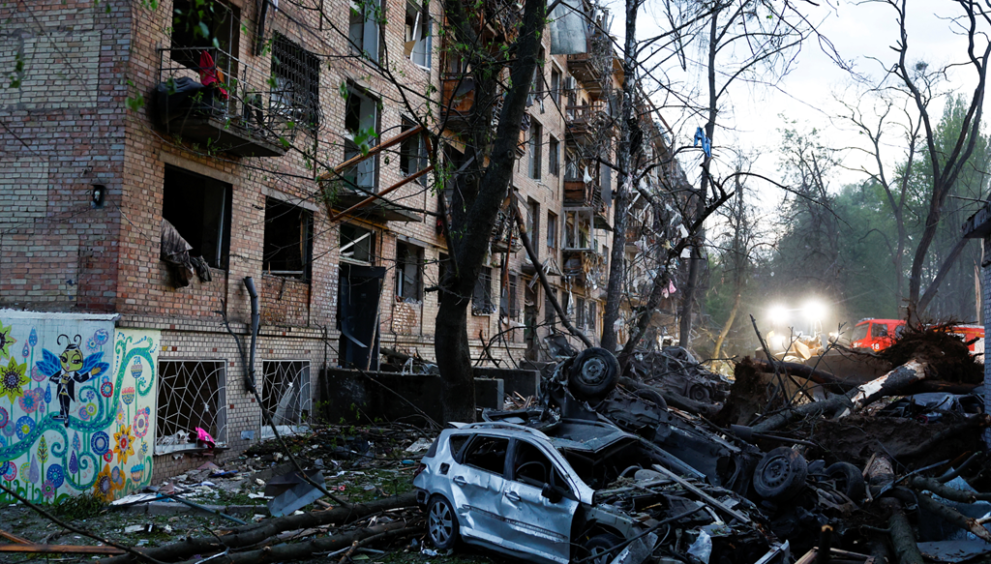In a move to commemorate the 80th anniversary of the Soviet Union’s victory over Nazi Germany in World War II, Russian President Vladimir Putin declared a three-day ceasefire in Ukraine from May 8 to May 10. The ceasefire, which will begin at midnight on May 8 (2100 GMT on May 7), is meant to honor the May 9 Victory Day holiday, but comes as the United States weighs the possibility of a peace deal to end the ongoing war.
The Russian government explained that the truce was ordered on “humanitarian grounds” to observe the holiday. The Kremlin also urged Ukraine to follow suit, asserting that if Ukraine violates the ceasefire, Russia’s military would respond with “adequate and effective” measures.
While no immediate response came from Ukraine, the country had previously agreed to a proposal from the United States for a 30-day ceasefire, though that agreement ended in accusations of violations from both sides. Russia had earlier declared a short 30-hour ceasefire during Easter, which Ukraine had shown readiness to reciprocate, but hostilities continued, with both sides blaming each other.
Despite this, the Kremlin repeated its position that it is open to peace talks without preconditions, aimed at addressing the root causes of the conflict and fostering cooperation with international partners. Ukraine, however, remains hesitant to accept any deal that would involve territorial concessions, with Ukrainian President Volodymyr Zelenskyy and his officials indicating that they will only consider talks once a genuine ceasefire is in place.
The announcement comes at a time of growing international pressure, with U.S. officials, including Secretary of State Marco Rubio, stressing that this week is crucial in determining whether the United States will continue its efforts to broker a peace deal. U.S. military aid has been vital to Ukraine’s defense, but ongoing doubts about Russia’s intentions continue to cloud prospects for a lasting agreement.
Putin’s ceasefire announcement follows an escalating pattern of cross-border strikes. Russian forces claimed to have shot down over 100 Ukrainian drones in the Bryansk border region, while air raid sirens were heard across Ukraine. Despite the ceasefire announcement, continued strikes by both sides raise questions about the effectiveness of such truces in halting the violence.
The situation is further complicated by international alliances and support. Russia has received military aid from countries like North Korea and Iran, while Ukraine continues to rely on Western support, particularly from the U.S. and European countries.
As the ceasefire approaches, the broader question remains whether the conflicting sides can agree, with key international leaders working behind the scenes to push for a sustainable resolution. For Ukraine, the issue of territorial integrity remains a sticking point, while Moscow insists on a ceasefire agreement that includes conditions favorable to its interests.



